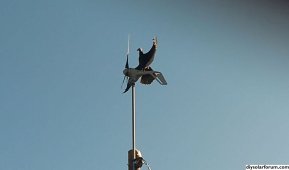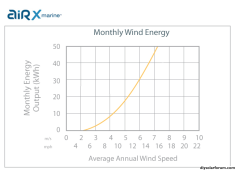houseofancients
Solar Wizard
Yeah , I'm fine with my hybrid ( deye/sol-arks/Sunsynk ) system...The beauty of a parallel system is that it can coexist alongside a "nationwide" bully power grid ... if I understand what you're alluding to, just build a parallel system that supplants their required connection.
It's up to you to decide what you'll do about the situation ... options are there, though.
Only use the grid when absolutely needed, still BY FAR cheaper than a Genny at gas prices here..
If and when they decide I have to pay the net meter, that will be the time I stop sending them my power, everything else is gain anyway..





